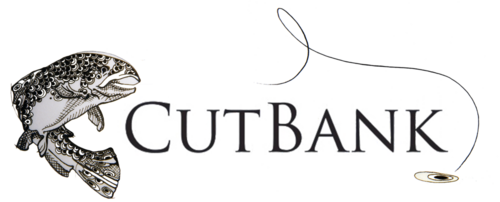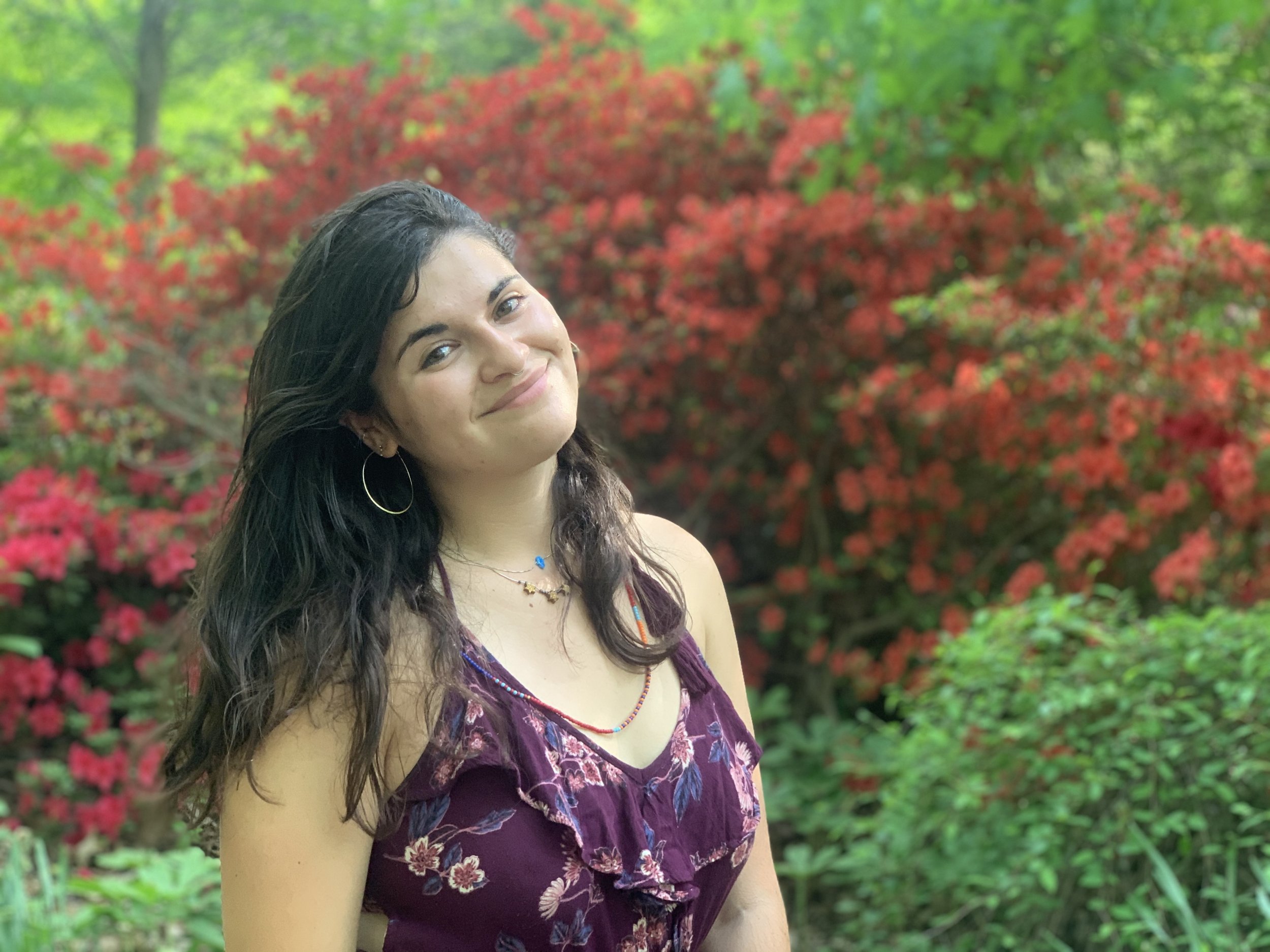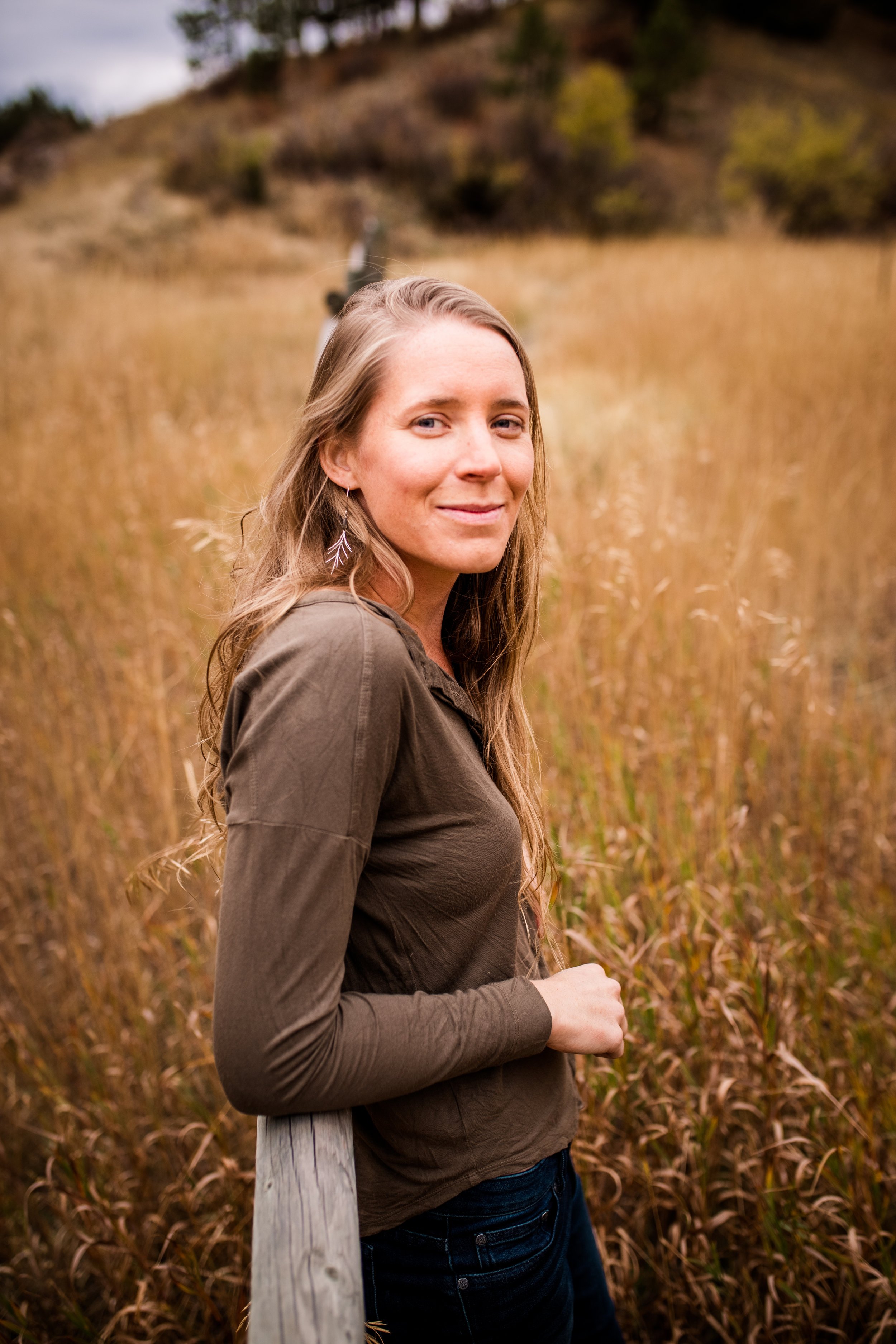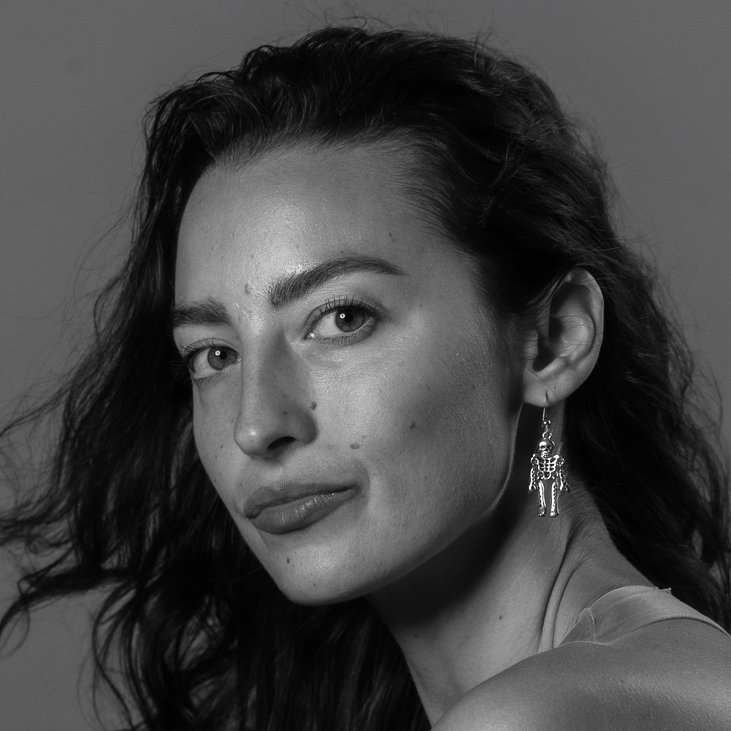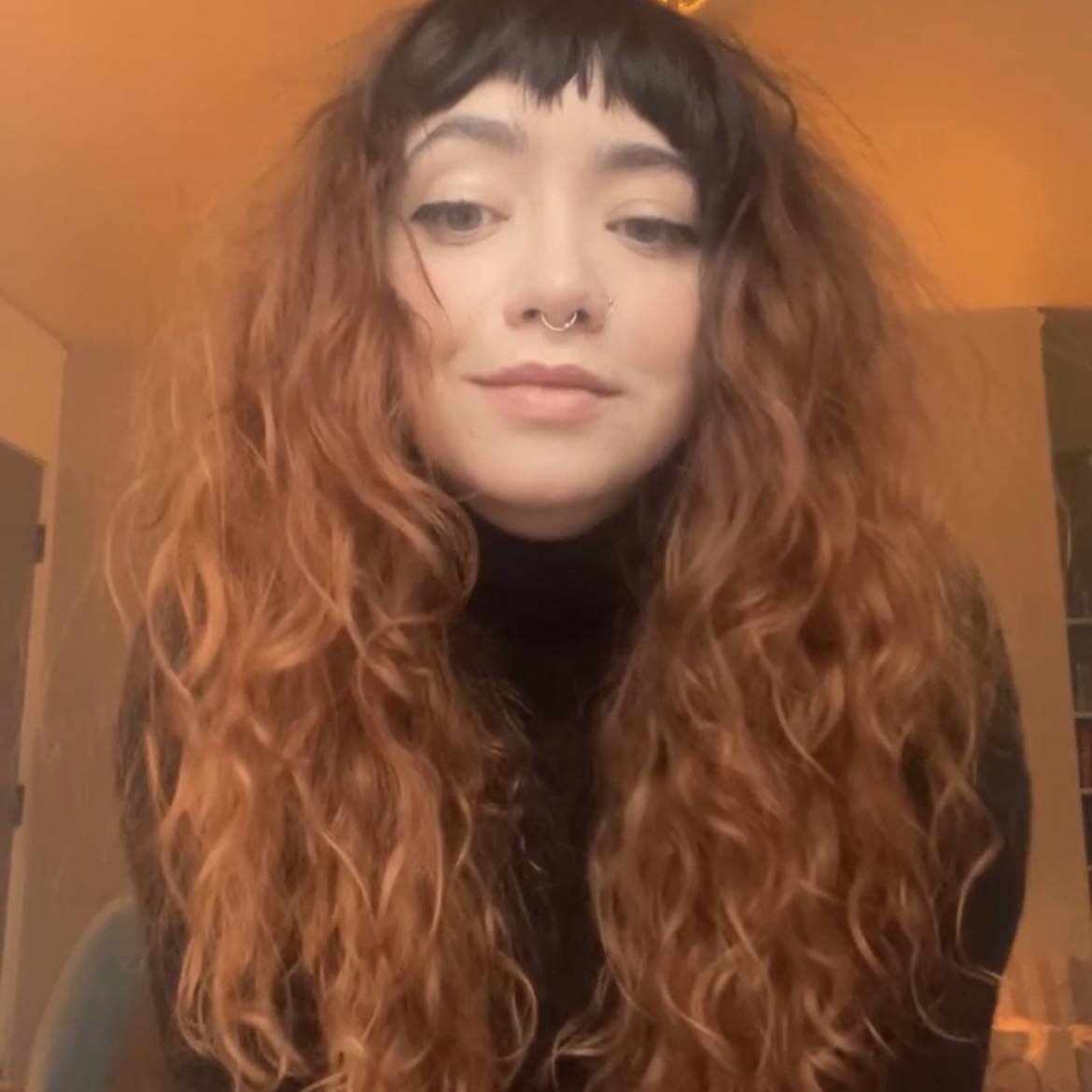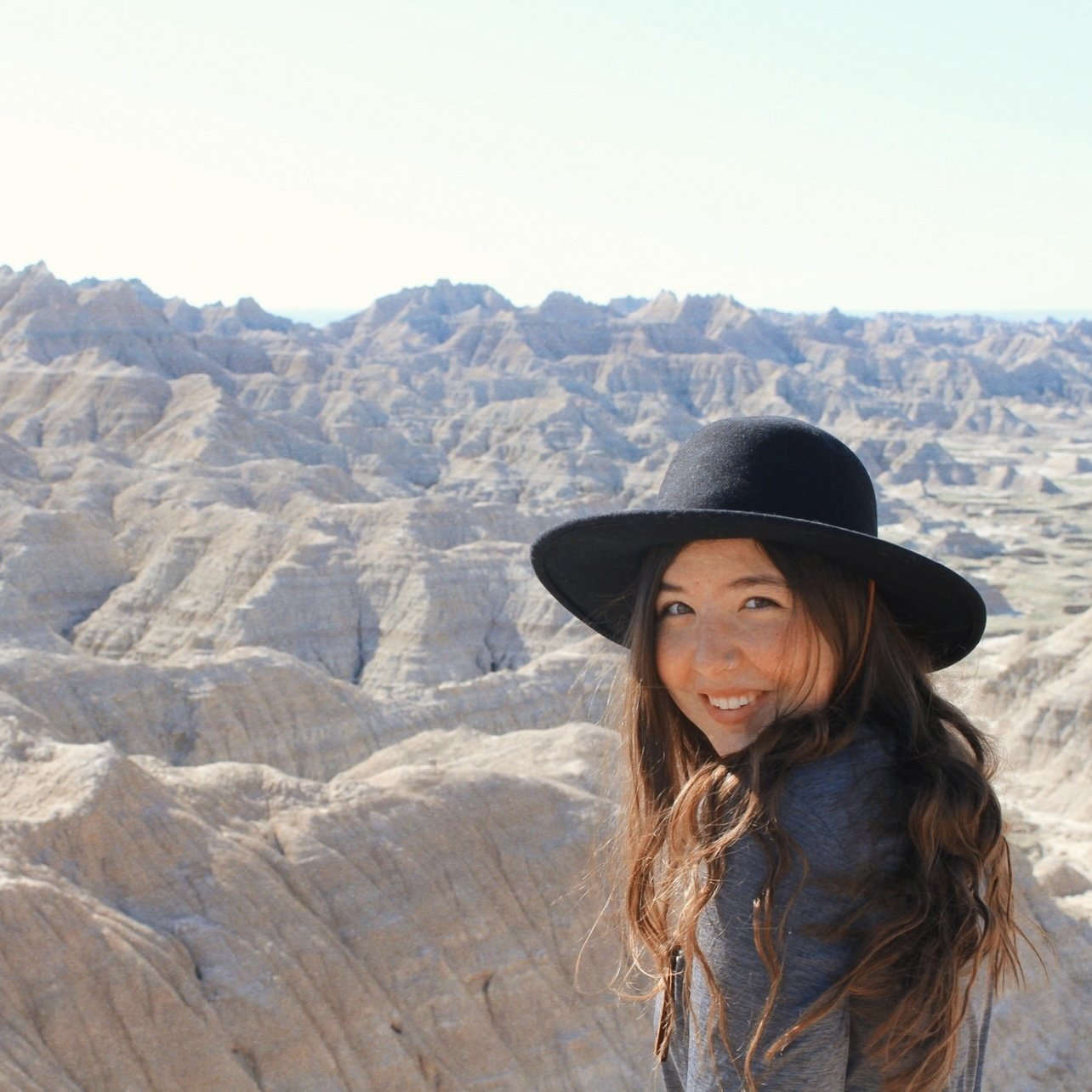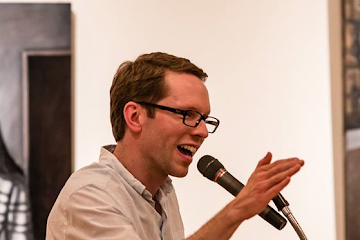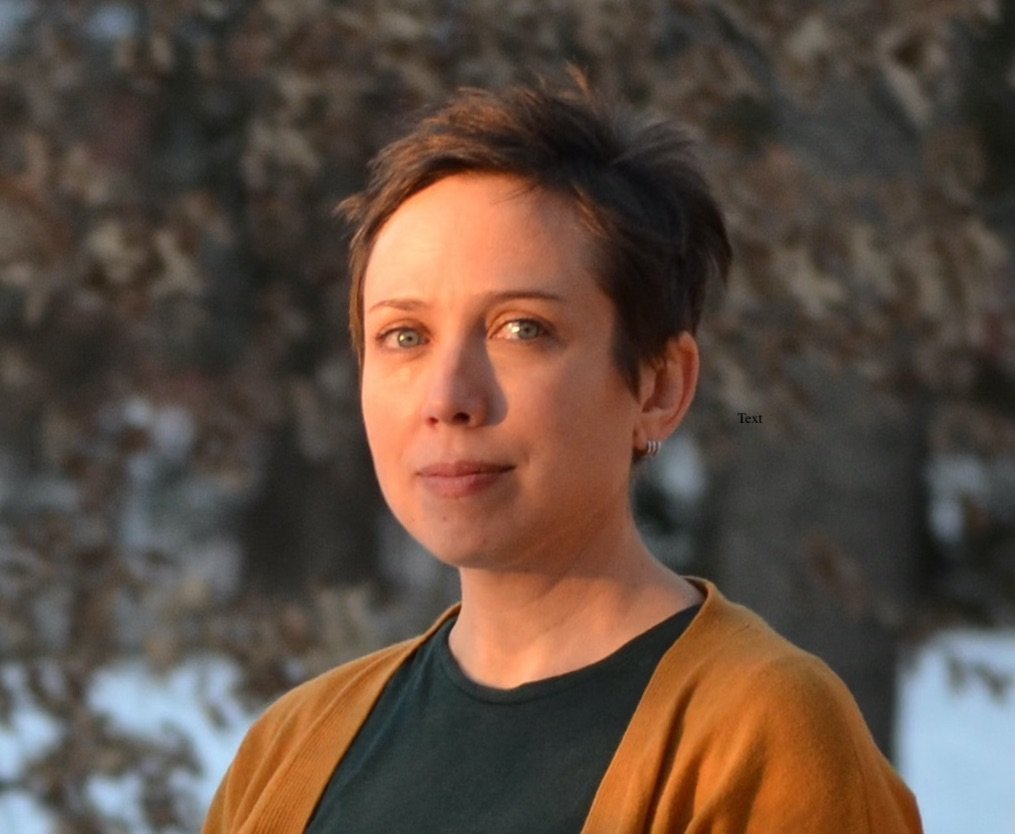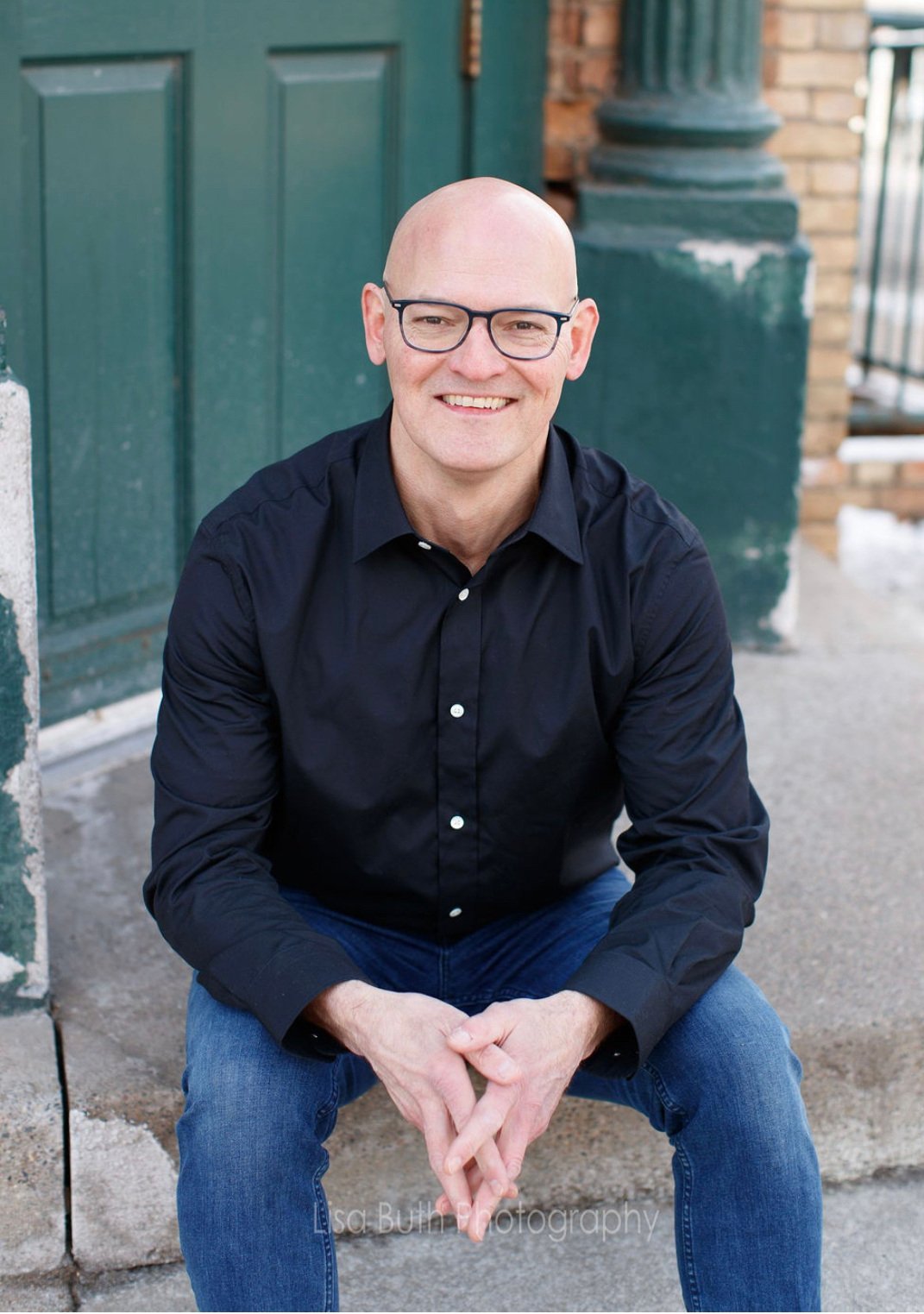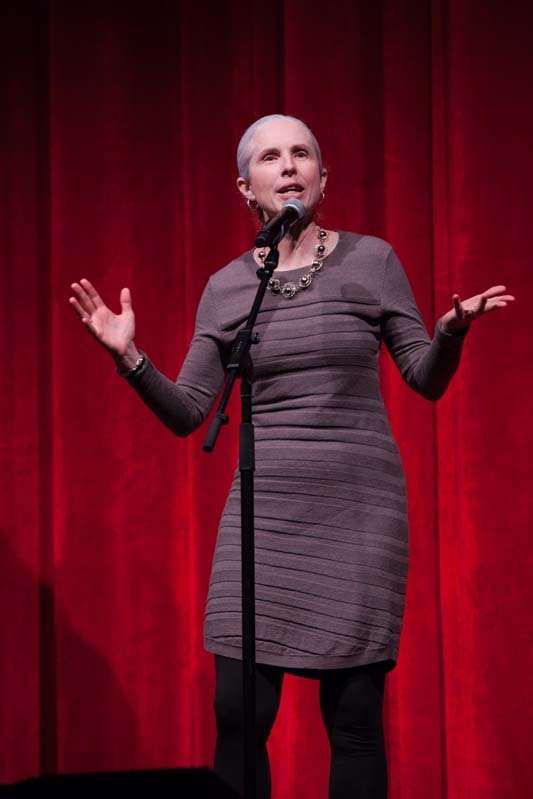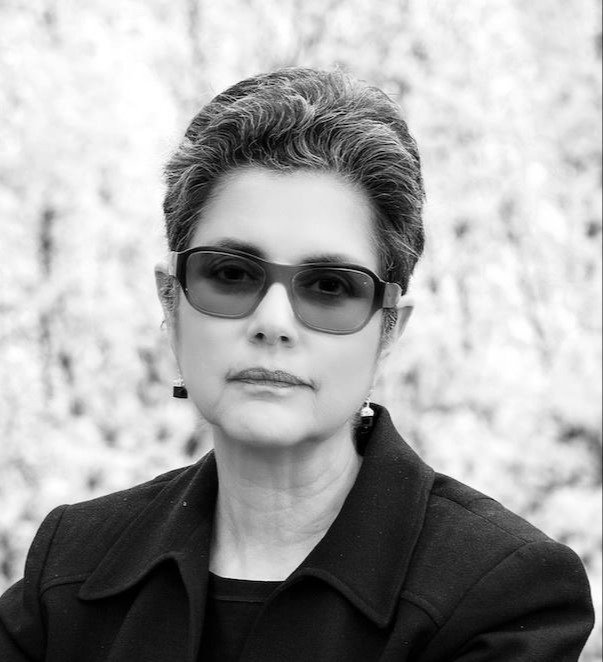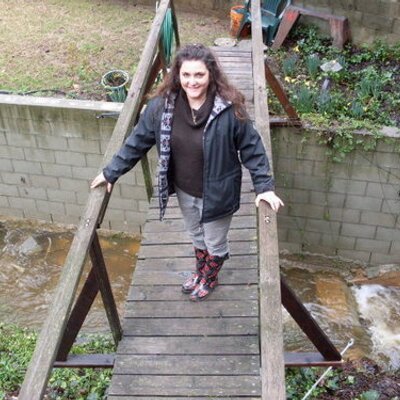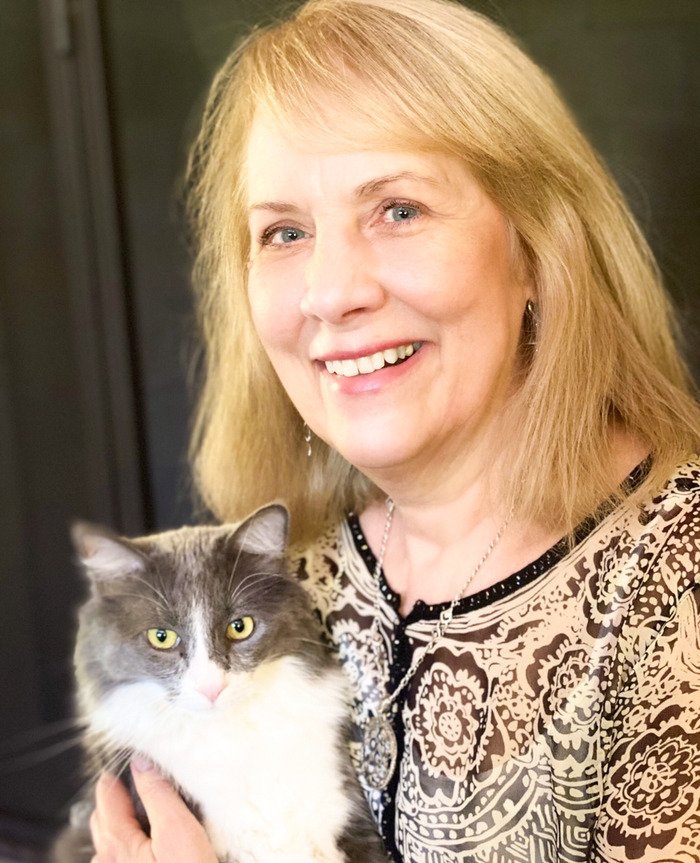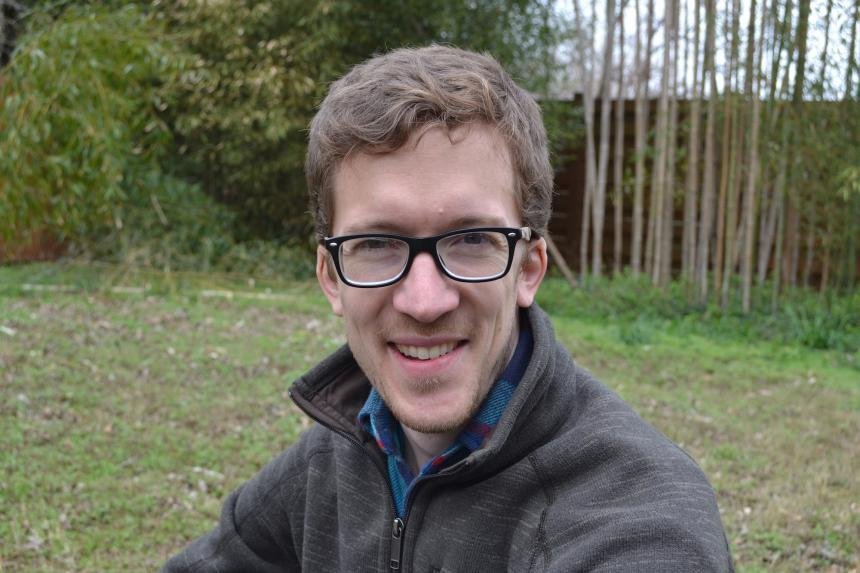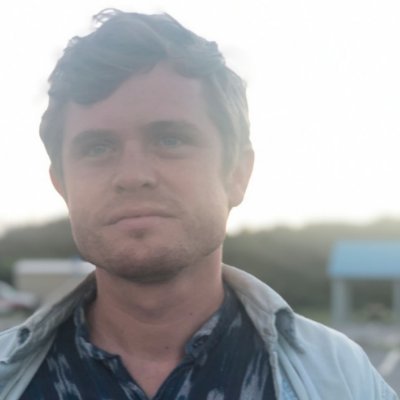CutBank Interviews: A Conversation with Hal Herring
by Emily Collins
Richard Hugo once wrote, “Where land is flat, words are far apart.” While I agree that expansiveness can cause feelings of loneliness and uncertainty, some terrains are so rich and historically significant they can only deepen our connection and shared responsibility. I see this dynamic played out in the environmental work of Hal Herring, a Montana-based writer & journalist with a voracious appetite for adventure and truth-telling.
Herring has written about environmental issues for the past twenty years for publications such as High Country News, Orion, Field & Stream, Atlantic Monthly, The Economist, and more. His writing captures the complex grandeur of the outdoors in a reverent, sensible voice I’d follow anywhere. Though we’ve never met in person, Hal has taken me on historical journeys through the Malheur National Wildlife Refuge to the Montana Plains, opening my eyes to legal issues, conservation work, and more.
The following interview was conducted via email.
Emily Collins: One of the many things I admire about your environmental journalism is your ability to capture complex issues in gracious ways. In a piece for High Country News you write about how harvesting cones can help save Whitebark Pines. At one point in the article you mention that it’s too easy to be a misanthropist when it comes to humanity’s mishandling of nature and the environment. What helps you accurately write about environmental issues without pandering to a fearful world?
Hal Herring: A long time ago, I found myself getting more and more angry at the, not to be hyperbolic, but, well, atrocities, that we commit on a daily basis on the same natural world that sustains our every endeavor. My journalism and other writing was looking and feeling less like craft or art and more like a litany of disasters, an argument for despair. And I wasn’t interested in that, in large part because nobody wanted to read it. I’ve always tried to write with a maxim I learned from Tom McGuane: “I always assume that the reader has a lot of other important things they could be doing.” I understood that the reason we read or write about an environmental subject is because, well, maybe we’re worried about our drinking water or our health or property values or whatever, but mostly, we read those stories because somewhere in our lives, maybe all the way back in our childhood, some place was important to us. We experienced something that moved us, that stayed with us in our lives, our dreams, we want to have our children or other loved ones have the chance to experience something, somewhere, like that.
I realized that I’d have to take another path, and this was not a personal, lonely vision-quest-type revelation. I learned it from observing and listening to older people who worked in conservation, or who were somehow self-actualized in their professions or their lives. They were engaged, happier than average, effective, positive, they had a good time, and people sought them out to enjoy their energy and humor and advice. I had tried being a tormented artist, a hard-bitten journalist, and it was a natural fit for me, but it didn’t seem like very much fun. And the work didn’t seem like something that would last through the ages, or be, as Ezra Pound said of great poetry, “news that stays news.” I have spent a lifetime hunting and fishing, eating wild game and fish, picking berries, and having these experiences and adventures with my family. I thought the best way to approach environmental journalism was from the position of celebration, to honor what I know and love, rather than simply bemoan its passing or its despoliation. That is what interests me most in this kind of writing, and it can make the reporting more powerful. Also, one primary reason that I have never left this field of writing and reporting is because this is one realm where we can actually fix problems. We can restore floodplains and reduce the cost of floods and reduce pollution and restore fisheries and wildlife and beauty…we really can regulate emissions from factories and create innovation and new jobs and technologies and clean up the air and water at the same time, making human beings healthier so that we save on medical costs…we can drive innovation and meaningful, gainful employment by creating techniques and technologies that lower our impact and waste less of our planet. Human creativity and pragmatic innovation is beautiful, too, in its own right, just like the natural world that contains it and makes it possible.
EC: You mention writing has been a “stern and rewarding taskmaster.” I see writing and researching as inextricably linked. Can you speak to your research process and how it’s helped you unearth deeper stories over the years?
HH: I tend to be a research obsessive, and I have to be careful how much of that I bring home with me at the end of every day. When I’m in the thick of it, I go to sleep thinking about my research and how it supports (or doesn’t support) my story, and I wake in the middle of the night with it on my mind and wake up in the morning and it is there, right away, before I ever get out of bed. I love research- reading, internet, maps, documents, books, primary sources, bibliographies that reveal primary sources. More than any of it, I love having researched something so thoroughly that I can contact the leading authorities on that subject and conduct an interview that is truly well worth both of our time—no time wasted on my not knowing what to ask and what to ask next. Interviews like that are life changing and life affirming experiences. When I start hearing the same answers over and over from knowledgeable sources, when I look something up on a primary source and get the same answer, from a different source, for the second or third time, I know I’m getting closer, as long as the story has not morphed radically from the idea I had in the earlier stages. Better journalists than I have written about the feeling of “fullness” when the research has been done enough to actually write a story. The writer can answer almost any question posed on the topic, the writer has 10000 facts, and can choose 100 of them that will accurately represent the 9500 that he or she does not have room for, nor would the reader have patience for. All of this process is one reason I’ve been a freelancer and careful that the stories I take on move me emotionally and viscerally. I’m afraid that if I were a reporter on deadline at a newspaper, I might not have that intensity for a subject I did not choose. I’d try, but I fear I’m not that disciplined. And this is one reason I hold good newspaper reporters in some kind of awe—they do this month after month, on topics not always of their choosing, and most of the time they get it right. That blows me away.
And then, of course, for me and for newspaper writers on tighter deadlines, the time comes to bring all of that research into the form of a story that someone will actually want to read. For me, most of the fun stops there, and the work and almost desperate need for discipline begins. I struggle with what Steven Pressfield (in his book the War of Art) calls “resistance” – in my case a reluctance to block out the world and enter the intensity of focus that real writing demands. Some days, I win, some days I don’t. On the days I win, I’m exhausted, on the days I lose that battle, faced with a deadline or lack of a paycheck, I’m not very happy or fun to be around. I try to live pretty intensely when I’m not writing, and to stay outside as much as I can, because when I’m really trying to write something challenging, I live in a kind of limbo until it is done.
EC: As you know, millions of acres of public land are losing critical protection. How do you hope your journalism and book in progress will contribute to the future of American public lands?
Part of my book is a chronicle of travels on public lands (which has been tough during the pandemic)—that part is celebration, and meant to share my joy in these places and encourage Americans (and anyone else) to go seek out similar experiences of their own, to see these places and love them and thereby be willing to stand up for their protection, to feel, in the sun and wind, the true value of this kind of freedom, the responsibility of this kind of ownership. But a primary driver in the book is what I hope will be a fun-to-read, holy-smokes- never- would- have- believed-that history of these lands and how we got them into public hands, how we got this public estate that is unique in the world. I’ve had tremendous fun with that research, and I think it will convey to any reader just how wild our nation really is, how improbable is this experiment, how violent and yes, unfair it all is…and at the very same time, how aspirational. And man, oh man, how successful. Some of these accomplishments, in restoring lands after the Dust Bowl, in restoring wildlife and biodiversity, in regulating out-of-control logging or grazing, in conserving critical watersheds that surely would have been destroyed— it is really a catalog of hope, and a kind of tap on the shoulder- hey, all this work has been done for us, decade after decade, we have all the fruits of these labors, are we really going to just let this all go, abandon all responsibility, throw up our hands and play Call of Duty all day?
In the book, as in my journalism, I tend to say, hey, I spent a lot of my life and energy learning about this and looking as deeply as I could into the hows and whys and where of it all….this is what I found out. While you were roofing houses, harvesting a wheat field, or saving lives in the ER or selling somebody a car or doing any of the other, absolutely necessary, work of the world, I was studying and writing this story, and I hope it is useful to you. I’ve done my particular work of the world. The information is yours. Do with it whatever you will.
EC: I see that you recently led a Wild Journalism course with the Freeflow Institute. I’d love to hear any insights and stories you gained from that time. What was it like to teach writing to students who strive for a deep sense of place in their work?
HH: That was on a trip with Chandra Brown who founded the Institute. She is not only a writer and teacher in her own right, she’s a complete river rat, and has been a river guide for most of her adult life. We floated the Missouri River from Coal Banks to Judith Landing, which is one of the most spectacular parts of the Upper Missouri Breaks National Monument. There are side hikes from the river to pictographs and ancient trails—there is history there that dates back to the end of the Ice Age, and most of it still looks like it did at least 300 years ago. It is very wild country, soaked through with human history, and as such it is kind of a tough place to try and teach anybody anything—the river and the landscape are the main instructors. But we did it—we had long talks around the fire at night about writing and books and how to make a living and still do what you want to do. The guys who were making the film Public Trust were with us, so there was this whole other element of storytelling going on, and the writer Bill Cunningham, who is in his late 70’s and had floated the river dozens of times, also came along—he made his living as a wilderness guide, freelance magazine writer and guidebook author, traveling all over the West. We had a guy, Kevin O’Briant who came with us as one of the river guides, who was an expert on the archaeology of the Missouri Breaks, and who knew the history there as well as anybody alive. I guess I’d say I got a hell of a lot more out of the trip than I was able to put in, but I did my best. We ended up in the yurt camp on the American Prairie Reserve, in absolutely torrential rainstorms, which gave us a chance to do some writing and more in-depth look at the craft of it all.
EC: Do you think COVID-19 and social distancing has the potential to deepen people’s connection to public land? The virus is certainly a dark side of nature but perhaps one that can help people reestablish their relationship to the outdoors.
HH:It is hard to describe the sheer numbers of Americans who swarmed the public lands in the West this past spring and summer. I’ve never witnessed anything quite like it. A lot of them were almost certainly first-timers in the woods and on the rivers – they threw trash, filled fire pits with trash, and worse. A friend of mine taking his raft out on the Missouri River had to ask a group of people to please move off the concrete boat ramp—they were lying out there in the sun, drinking some beers, having a good time, swimming—they didn’t really know what a boat ramp was. There are lots of tales like that one. Newspaper stories of back to back drift boats on the Madison River….headline “Rivergeddon!” All that happened. But after the initial shock of it, I found myself more optimistic than worried. The pandemic is awful—and it is part of what any population ecologist will tell you is the simple fact of human overpopulation, but if we are going to be overpopulated for the time being—I’m sitting here in my office just east of the Old North Trail where the first few people from Berengia walked south between the ice sheets….populations of mammals rise and fall, species like ours prosper, proliferate and disappear,--well I’d prefer us to all be outside as much as possible, looking at the wonders, teaching the children about fish and snakes and swimming in waters that, all together, we can demand remain clean. I think it can be exactly what you are talking about here: a reconnection to the real world, and I think it can build a whole new constituency for keeping our public lands public and prioritizing and funding their sane management by the federal agencies in charge of that task.
Hal Herring has been a freelance writer, essayist and journalist for thirty years, mostly covering conservation, the outdoors and the environment. He is a longtime contributing editor at Field and Stream, the author of a book on historic firearms, and is currently working on a book about the American public lands. He is the host of the Backcountry Hunters and Anglers Podcast and Blast, with over 100 episodes recorded with environmental activists like Yvon Chouinard, the founder of Patagonia, to novelists like Tom McGuane and Malcolm Brooks, to outsider artists and primitive skills experts like Madison Parker of Marianna, Florida. His journalism work was recently featured in the film Public Trust, an exploration of the movement to privatize America’s public lands. He lives with his family in Augusta, Montana.
Emily Collins is the Interviews Editor for CutBank and a MFA in fiction candidate at the University of Montana. Her work has appeared or is forthcoming in New Orleans Review, The Florida Review, The Atticus Review, The South Carolina Review, and others. She’s been nominated for the Pushcart Prize and other anthologies. When she’s not interviewing incredible writers, she enjoys hiking and volunteering.
